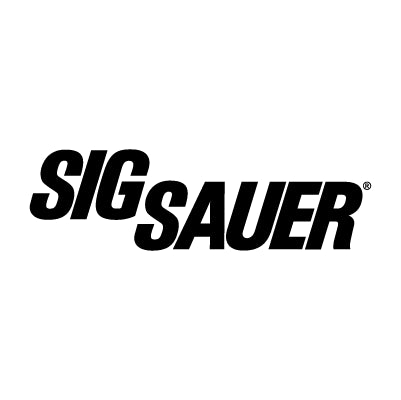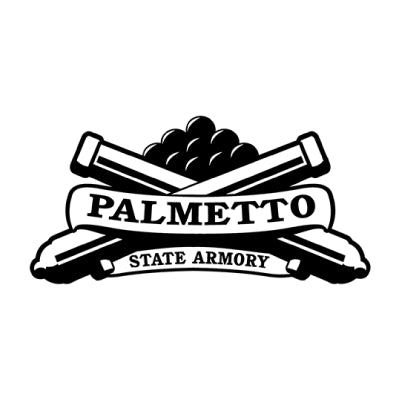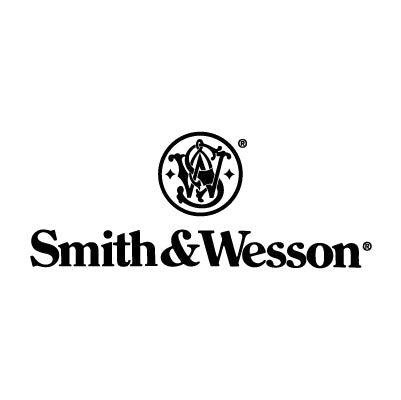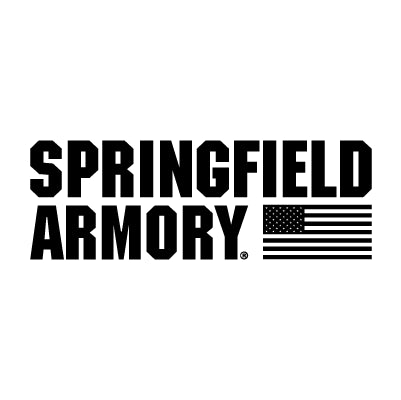
If you want to shoot better, you need to dry fire! It's not just a good option if you can't shoot live ammunition, it's a must to become a better shooter!
Dry fire training—a proven, safe, and highly effective way to improve your firearm skills right from your home.
Whether you're brand new to firearms or a seasoned shooter looking to refine your technique, dry fire training is one of the best-kept secrets in the gun world. And once you understand how it works and why it matters, it’ll probably become a permanent part of your training routine.
What Is Dry Fire Training?
Dry fire training is the act of practicing with your firearm without using live ammunition. It involves running shooting drills—like drawing from a holster, squeezing the trigger, transitioning between targets, or reloading—without ever firing a shot.
🔒 Key point: Dry fire is “dry” because no live rounds are involved. Your gun stays unloaded or uses training aids like laser cartridges or inert mags.
You’re simulating the mechanics of shooting—focusing on technique, not recoil. That means you can isolate and improve critical skills like:
-
Trigger control
-
Sight alignment and sight picture
-
Draw stroke and presentation
-
Reloading
-
Malfunction clearing
-
Target transitions
-
One-handed or awkward shooting positions
Why Dry Fire Works So Well
Dry fire lets you work on the fundamentals that make or break your performance at the range or in a defensive encounter.
Here’s why it’s so effective:
More Reps, Less Cost
-
You can get hundreds of trigger presses in a single session—for free.
-
No ammo, no range fees, no travel time.
Faster Skill Development
-
Shooting is a perishable skill. Dry fire allows you to practice practically anywhere--you don't need to be on the range.
-
Dry fire builds 'muscle memory', refines neurological pathways, and builds confidence with your firearm.
Immediate Feedback
-
You can easily observe your sights to see if they move when you press the trigger—something that gets lost during live fire with recoil.
-
You’re training the brain to deliver a smooth, consistent trigger press.
Safer Environment for Learning
-
Perfect for beginners to build confidence in a controlled, stress-free setting.
-
You can focus on mechanics without the loud bang or risk of injury.
Common Myths About Dry Fire
Let’s clear up a few common misunderstandings:
“It doesn’t count unless you shoot live rounds.”
Actually, the opposite is true. Most top-level shooters do more dry fire than live fire. Live ammo verifies your training; dry fire builds your skills.
“Dry fire will damage my gun.”
For most modern centerfire firearms, dry firing is safe. If you’re unsure, consult your manufacturer or use snap caps or training devices.
🔧 Exception: Rimfire guns (like .22s) are more sensitive and should not be dry fired unless the manufacturer says it's safe.
“It’s boring and doesn’t help with real-world situations.”
Dry fire can (and should) include complex movement, decision-making, and scenario-based practice. With the right mindset, it's far from boring.
What You Need to Start Dry Fire Training
The beauty of dry fire is its simplicity. To get started, all you really need is:
-
A safe, empty firearm
-
A clear and secure training area
-
A few basic targets (even paper or light switches work)
Optional tools to enhance training:
-
Snap caps or dummy rounds
-
Laser cartridges (e.g., Laser Ammo SureStrike)
-
Trigger reset devices (like the DryFireMag)
-
Shot timers or mobile apps
-
Target systems (laser-reactive targets, smart sensors, etc.)
How to Dry Fire Safely
Dry fire training must be done with strict attention to safety.
Here’s a basic protocol:
-
Unload your firearm completely – double and triple check.
-
Remove all live ammunition from the training area.
-
Choose a safe direction (preferably a wall with a backstop behind it).
-
Use a consistent start ritual – always begin and end with a safety check.
-
Mark your gun with a visual indicator (some use chamber flags or training mags).
-
End with a “live fire check”—don’t load your gun right away to avoid negligent discharges.
What to Practice During Dry Fire
Some of the best dry fire drills include:
-
Trigger Press Drill: Watch your sights as you press the trigger. Aim for zero movement in your sights.
-
Draw and Fire: From concealment or holster, draw and get your sights on target smoothly.
-
Reload Drills: Run emergency reloads or tactical reloads from your gear.
-
Target Transitions: Use two or more targets and move your eyes, then gun, between them.
-
One-Handed Practice: Work both dominant and support hand only—harder than it seems.
-
Movement Drills: Step into position or backpedal while maintaining sight picture and trigger control.
Even 5–10 minutes a day can have a huge impact over time.
Advanced Dry Fire: Adding Feedback & Repetition
Once you master the basics, you’ll likely want more realism. That’s where dry fire training tools come into play.
For example:
-
Standard DryFireMag: A tool that resets the trigger automatically after each press (no slide racking).
-
Smart DryFireMag: Combines trigger reset + laser shot for precise feedback.
-
Mantis X: Tracks muzzle movement and trigger press quality.
-
Laser targets: React to laser "shots" for hit confirmation.
These help you increase reps, reduce training fatigue, and get actionable feedback during every session.
Conclusion: Train Smarter, Not Just Harder
Dry fire training is one of the smartest ways to build confidence, improve skills, and prepare for the range or the real world—all from the comfort of your home.
It’s safe, it’s simple, and it works.
Whether you're just learning how to shoot or trying to shave tenths off your draw-to-first-shot time, dry fire gives you the edge. And with modern tools like trigger-resetting training mags and visual laser feedback, it’s never been easier—or more productive—to train without live rounds.









